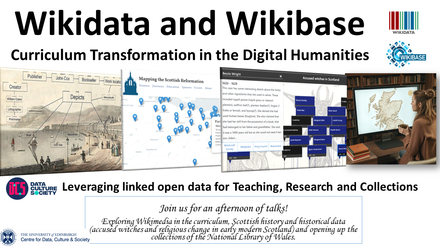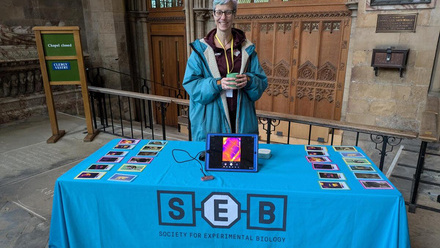The science of chocolate for the Royal Society Summer Exhibition 2022
Did you know that the microbiome involved in cacao bean fermentation is crucial for chocolate flavour development?
This is what researchers at Nottingham have been trying to unravel together with cacao experts from the Cocoa Research Centre (CRC), University of the West Indies in Trinidad. To showcase some of their cutting-edge research in understanding how microbes in our environment contribute to the development of the delicious flavours in chocolates and how their research connects with farmers in the cocoa fields to all the way through to chocolate producers and finally consumers, they created and exhibited an amazing interactive display at the Royal Society Summer Exhibition (RSSE) held earlier this year in London.
Supported by our SEB Outreach Grant and other funds from the Society for Applied Microbiome (SfAM), the University of Nottingham (UoN) BBSRC Impact Accelerator Award and the Future Food Beacon of the UoN, their stand was displayed for over 5700 public visitors, including around 33 schools groups during the exhibition. Many visitors were surprised upon learning that chocolate is a fermented product.
Their work also reached other thousands through writing, radio, and video interviews. They also had the chance to showcase their research to funders, policymakers, and Royal Society Fellows. Moreover, Dr Sina Fischer spoke to 9 school groups about her scientific career, motivation, and tips about the University system. Other benefits from this exhibition included good publicity for the University of Nottingham, attention from the biotechnology industry, interest by the scientific community about the topic, and the possibility of reusing the exhibit resources for other local events to reach out to many more.
About the research
Microbiome samples were collected during the cacao bean fermentation process in farms in Colombia and Trinidad, and the composition of these complex microbial communities were analysed using the latest nanopore sequencing technologies. The researchers also produced cacao liquor samples with the fermented beans, which were then evaluated by expert chocolate tasters to characterise the flavour profiles. Correlating both pieces of information has allowed them to understand how the microbes can help produce specific flavours in chocolate. Moreover, the liquor composition and effects on health promotion have been further evaluated.
Activities developed for the exhibition
The team, composed of a cacao specialist, a microbiologist, a brain MRI specialist, a metabolomics specialist, a chocolatier and others, created different interactive activities for the exhibition. They set up a website tree2bar.co.uk to promote, gather feedback and monitor visitors’ participation. Five videos about the science of chocolate were shown during the Summer Exhibition and are available to watch on their website.
Another approach was to produce fine flavour chocolate for visitors to try with a description of its flavour analysed by the researchers. They had bulk chocolate to use as a comparison.
To showcase their research, they had a nanopore sequencer with a video of a pre-recorded run. Visitors could collect samples from different parts of cacao pods and produce a microbial print on a nutrient-rich agar plate. They also built a cacao fermentation game with a model fermentation box filled with cacao beans and stuffed toy microbes. In this game, the public had to guess the best combination of microbes that could produce great-tasting chocolates. The game was very popular with kids and adults. A computer game featuring the chocolate process was also developed and added to the website to check the learning uptake from the exhibition.
Do you want to know more about The Science of Chocolate?
Check the tree2bar.co.uk website.
Are you looking for funding to support your outreach project?
Apply for the SEB Outreach Grant.
*Thank you to the researchers for providing the image and feedback for this article.






